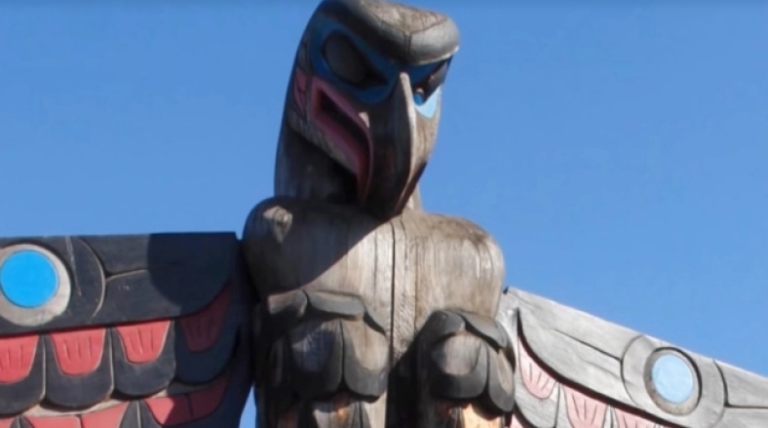For more than a century, scientists have been unsuccessfully hunting for skull fossils for the thunder bird species Genyornis newtoni. About 50,000 years ago, these titans, also known as mihirungs, from an Aboriginal term for “giant bird,” tramped through the forests and grasslands of Australia on muscular legs. They stood taller than humans and weighed hundreds of kilograms.
The last of the mihirungs went extinct around 45,000 years ago. The only skull, found in 1913, was incomplete and badly damaged, raising questions about the giant bird’s face, habits and ancestry.
Now, the discovery of a complete G. newtoni skull has resolved this longstanding mystery, giving scientists their first face-to-face encounter with the massive mihirung.
And it has the face of a very strange goose.
G. newtoni was about 7 feet (2 meters) tall and weighed up to 529 pounds (240 kilograms). It belonged to the family Dromornithidae, a group of flightless birds known from fossils found in Australia.
UK: Banknotes featuring King Charles have been released
Between 2013 and 2019, a team of paleontologists unearthed a G. newtoni fossil jackpot in southern Australia’s Lake Callabonna, discovering multiple skull fragments, a skeleton and an articulated skull providing the first evidence of the bird’s upper bill. This bonanza shed new light not only on G. newtoni, but also on the entire dromornithid group, connecting it to modern waterfowl such as ducks, swans and geese, scientists reported Monday in the journal Historical Biology.
Though scientists have known about Genyornis for well over a century, the new fossils and reconstruction supply critical missing details, said Larry Witmer, a professor of anatomy and paleontology at Ohio University who was not involved in the research.
Continue here: CNN
Ask me anything
Explore related questions





